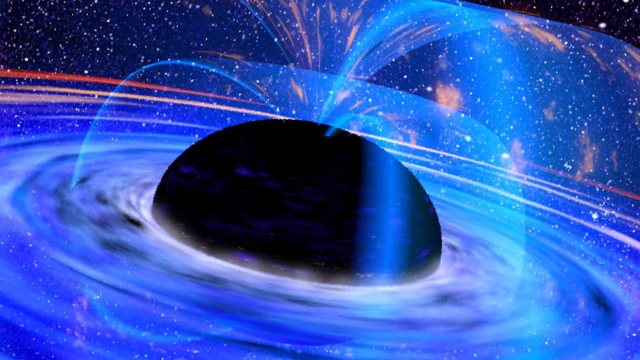The Greatest Cosmic Puzzle: Astronomers Find Stars That Appear Older Than The Universe
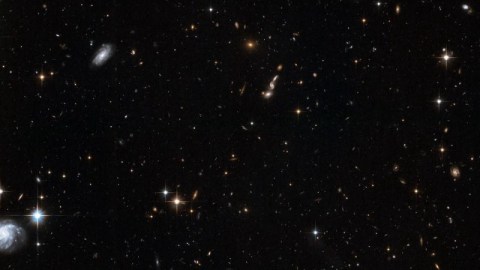
Something’s got to be wrong. But is it what we think about the star, the Universe, or something else?
“The older you get, the more you realize that the way you look is a reflection of how you treat yourself.” –Hope Davis
If you understand how stars work, you can observe the physical properties of one of them and extrapolate its age, and know when it had to have been born. Stars undergo a lot of changes as they age: their radius, luminosity, and temperature all evolve as they burn through their fuel. But a star’s lifespan, in general, is dependent on only two properties that it’s born with: its mass and its metallicity, which is the amount of elements heavier than hydrogen and helium present within. The oldest stars we’ve found in the Universe are nearly pristine, where almost 100% of what makes them up is the hydrogen and helium left over from the Big Bang. They come in at over 13 billion years old, with the oldest at 14.5 billion. And this is a big problem, because the Universe itself is only 13.8 billion years old.
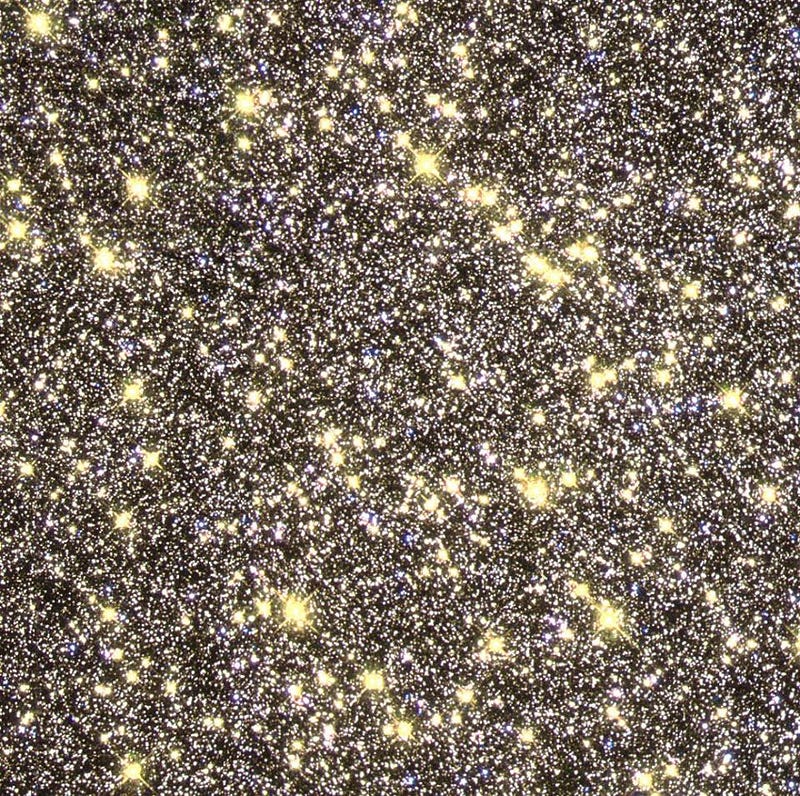
You can’t very well have a star that’s older than the Universe itself; that would imply that the star existed before the Big Bang ever happened! Yet the Big Bang was the origin of the Universe as-we-know-it, where all the matter, energy, neutrinos, photons, antimatter, dark matter and even dark energy originated. Everything contained in our observable Universe came from that event, and everything we perceive today can be traced back to that origin in time. So the simplest explanation, that there are stars predating the Universe, must be ruled out.
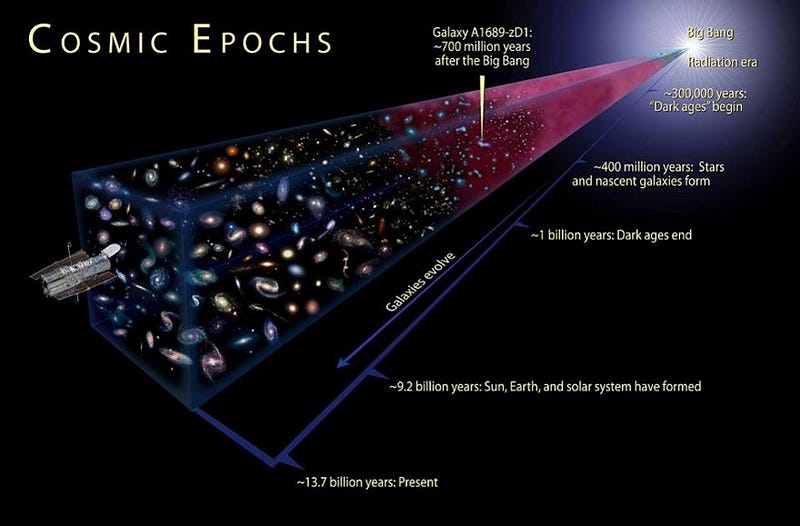
It’s also possible that we’ve got the age of the Universe wrong! The way we arrive at that figure is from precision measurements of the Universe on the largest scales. By looking at a whole slew of features, including:
- The density and temperature imperfections in the cosmic microwave background, left over from the Big Bang,
- The clustering of stars and galaxies at present and going back billions of light years,
- The Hubble expansion rate of the fabric of the Universe,
- The history of star formation and galactic evolution,
and many other sources, we’ve arrived at a very consistent picture of the Universe. It’s made up of 68% dark energy, 27% dark matter, 4.9% normal matter, about 0.1% neutrinos and 0.01% radiation, and is right around 13.8 billion years old. The uncertainty on the age figure is less than 100 million years, so even though it might be plausible that the Universe is slightly older-or-younger, it’s extraordinarily improbable to get up to 14.5 billion years.
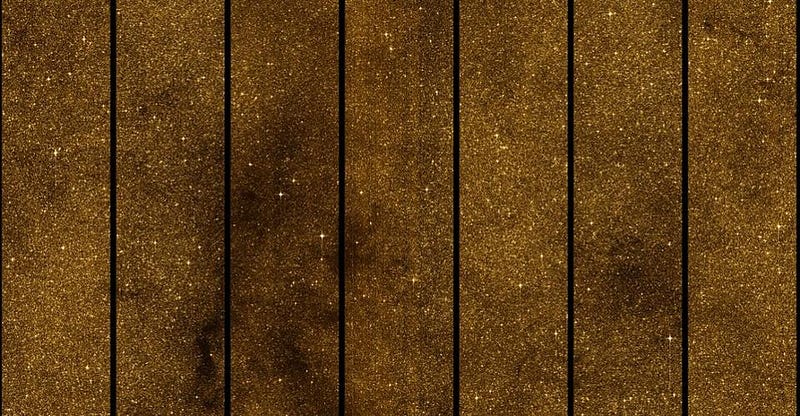
So that leaves only one reasonable possibility: perhaps we have the ages of the stars wrong. We’ve observed literally hundreds of millions of stars in detail, all throughout various stages of their life cycle. We know how stars form and under what conditions; we know when and how they ignite nuclear fusion; we know how long the various stages of fusion last and how efficient they are; we know the lifetimes and how to recognize the death throes of stars of all sorts of different masses. In short, astronomy is a very robust science, particularly when it comes to stars. In general, the oldest stars are identifiable for being relatively low in mass (less massive than our Sun), having very low metal contents (elements other than hydrogen or helium), and should even predate the galaxy itself.
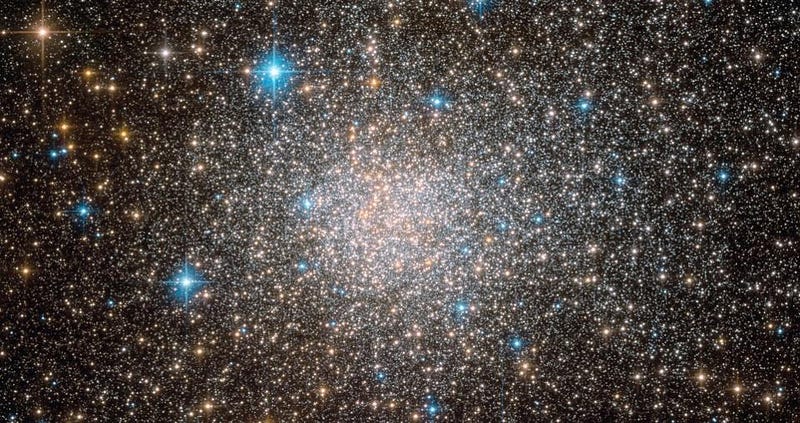
Many of them are found in globular clusters, which have been confirmed to contain stars in excess of 12 billion or, on rare occasion, even 13 billion years. A generation ago, people claimed these clusters were anywhere from 14-to-16 billion years old, creating tension in the accepted cosmological models, but improved understanding of stellar evolution has brought these numbers back into line. We’ve also developed more advanced techniques as our observational capabilities have improved: by measuring not only the carbon, oxygen, or iron content of these stars, but by using the radioactive decay abundances of uranium and thorium, in conjunction with the elements created in the Universe’s first supernovae, we can date many individual stars directly.
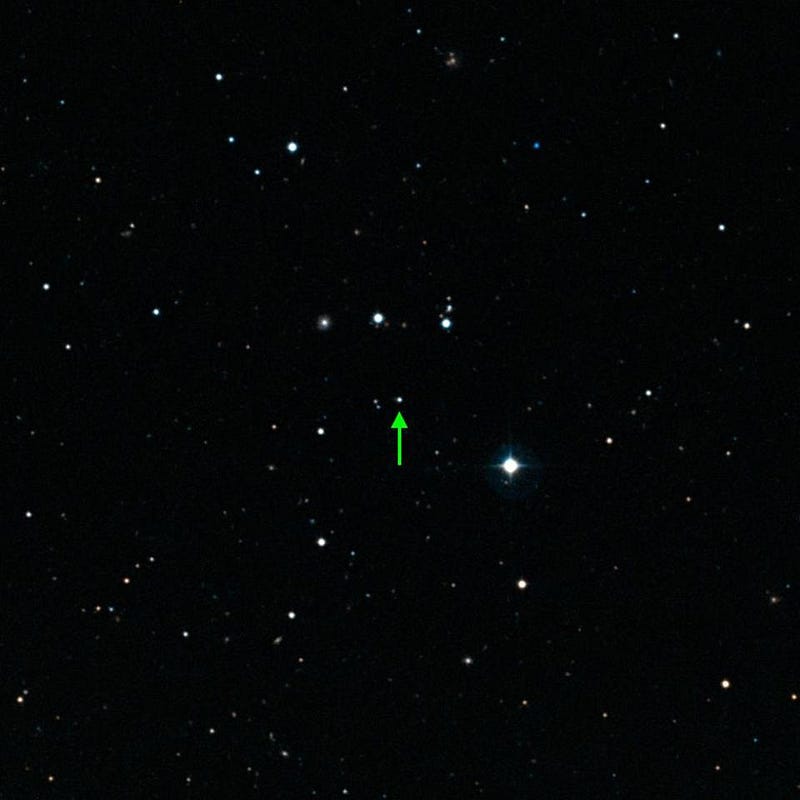
In 2007, we were able to measure the star HE 1523–0901, which is about 80% of the Sun’s mass, contains only 0.1% of the Sun’s iron, and is measured to be 13.2 billion years old from its radioactive element abundances. In 2015, a set of nine stars near the Milky Way’s center were dated to have formed 13.5 billion years ago: just 300,000,000 years after the Big Bang, and before the initial formation of the Milky Way. “These stars formed before the Milky Way, and the galaxy formed around them,” said Louise Howes, co-discoverer of these ancient relics. In fact, one of those nine stars has less than 0.001% of the Sun’s iron; this will be exactly the type of star and the classes of stellar population that the James Webb Space Telescope will look for when it launches in October of 2018.
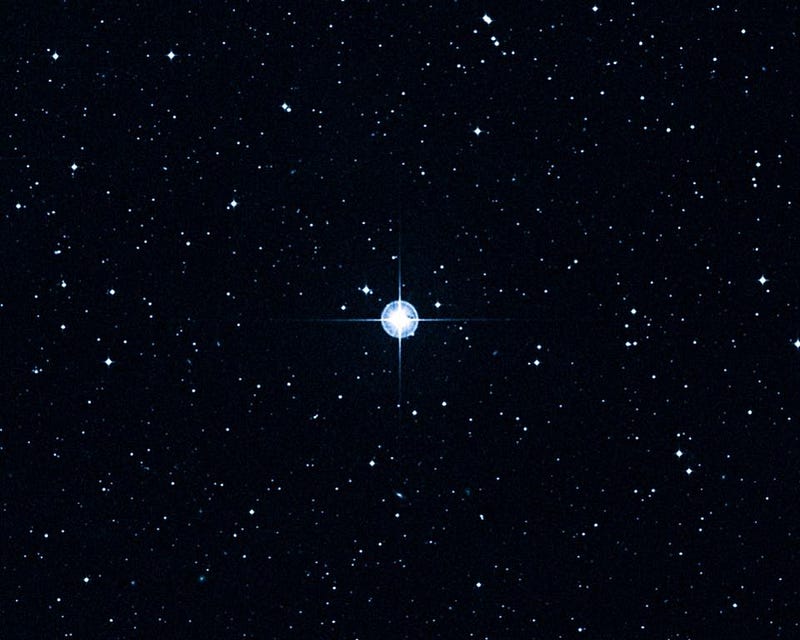
But the most confusing star of all is HD 140283, informally nicknamed the Methuselah star. At just 190 light years away, we can measure its luminosity, surface temperature, and composition very precisely; we can also see that it’s just beginning to evolve into the subgiant phase and towards becoming a red giant. These pieces of information, combined, allow us to get a well-constrained value for the star’s age, and the result is disturbing, to say the least: 14.46 billion years. Yet some of the other properties it displays, like an iron content of 0.4% the Sun’s, suggest that it’s very old, but not quite among the very oldest stars of all. Although there is an uncertainty on the age of around 800 million years, that still places it uncomfortably early, and hints at a potential conflict between how old the stars are and how old the Universe is.
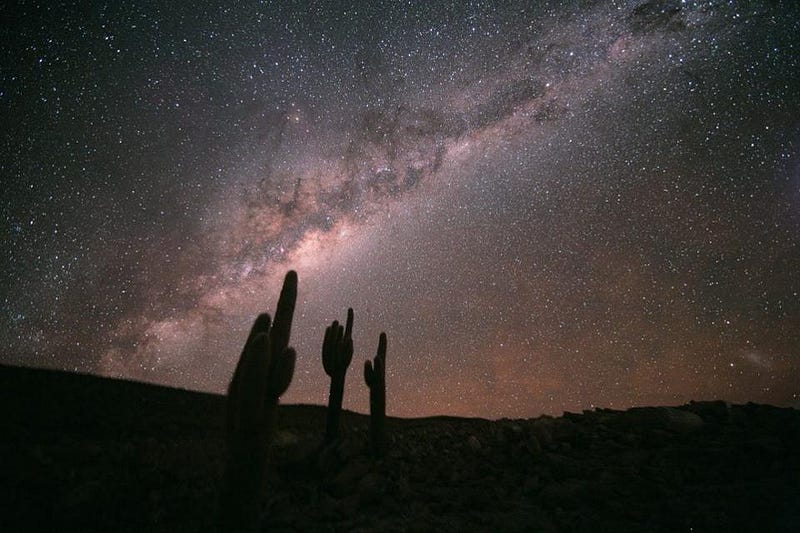
Now, it’s always possible that there’s something fishy that happened in the star’s past that we can’t know about today. It’s possible that it was born as a higher-mass star and something stripped the outer layers off, reducing the star’s lifetime precipitously. It’s possible that the star absorbed some material later-in-life that changed its heavy element content, skewing our perceptions today. Or it’s possible that we’ve got a misunderstanding in the subgiant phase of the stellar evolution of these old, low-metallicity stars. These unknowns (and in some cases, unknowables) are possible sources of errors when we try and compute the ages of the oldest stars.
But if we’ve got these ages right, there might potentially be a problem. You can’t have a star that exists in our Universe that’s older than the Universe itself. Either something’s wrong with our estimates for the ages of some of these stars, something’s wrong with our estimates for the age of the Universe, or something else, that we’re not even considering, is off.
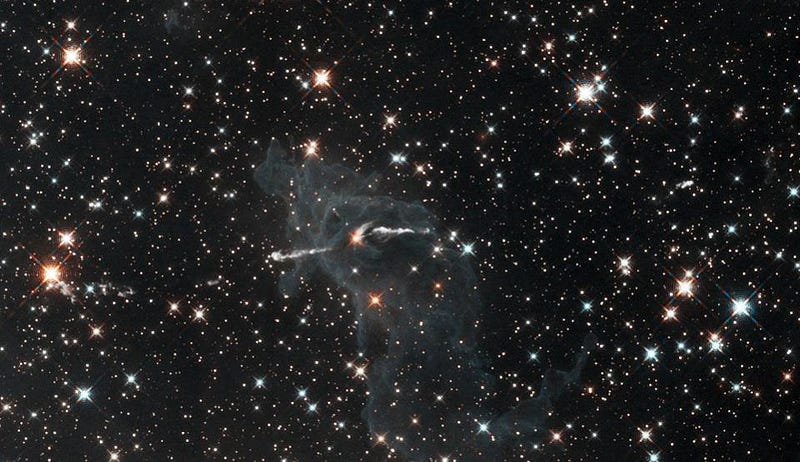
Regardless of what the resolution is, this is an important and extremely valuable situation for a scientist to be in. The stars themselves should place a lower limit on the age of the Universe; the Universe itself ought to be older. That this isn’t what we’re seeing with absolute certainty creates a beautiful tension that may well prove to be an omen of extraordinary scientific advance. Whether we learn something new about stars and how they live, evolve, and die; whether we learn something new about the Universe’s age; or whether there’s a third factor that’s responsible for this misunderstanding, there’s the opportunity to improve our scientific understanding of the Universe. In the end, that’s the greatest situation any curious individual can hope to find themselves in. What seems like an impossibility might prove to be something even more valuable: a chance to push our knowledge of how the Universe works into hitherto unknown frontiers.
Ethan Siegel is the author of Beyond the Galaxy and Treknology. You can pre-order his third book, currently in development: the Encyclopaedia Cosmologica.





